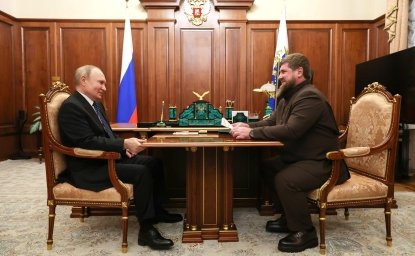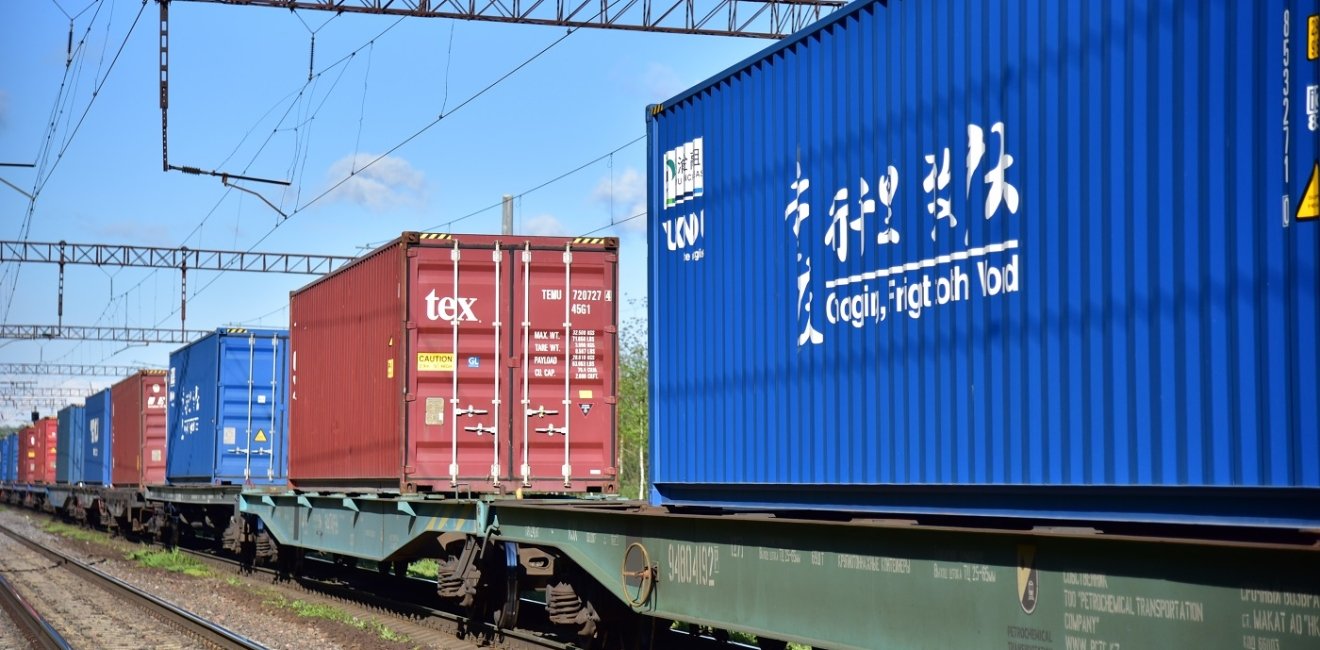
A blog of the Kennan Institute
The Russian-Ukrainian war remains mired in a deadlock with neither side able to deliver a knockout blow. Ukraine has demonstrated remarkable resilience and unity and has taken the war to Russia in Kursk. Russia is simply trying to find the manpower to stay in the field and defeat Ukraine village by village.
No negotiations loom on the horizon. Foreign Minister Sergey Lavrov recently reiterated Russia’s negotiating position/ultimatum: the end of sanctions, the withdrawal of Ukrainian forces from all annexed territories, and a neutral Ukraine. All these demands are nonstarters from a Ukrainian perspective.
The military situation naturally dominates the conversation, but what are analysts missing by focusing on a grinding war of attrition? In fact, Russia has encountered several major setbacks in recent months that have gone under the radar but can be summarized in one word: money.
Russia’s Hunger for Cash
Always short on transparency, Russia has been experiencing a liquidity crisis, but with a surprising twist. The main source of the problem is not Western financial institutions but China, Russia’s main partner in a new multipolar world that both countries have pledged to support. Nevertheless, China now increasingly fears being entangled in secondary sanctions.
The result is a yuan “hunger” that is severely disrupting bilateral trade. China has also refused to allow Russia to issue sovereign debt in Chinese currency to alleviate the crisis.
A workaround is theoretically being considered whereby China would create separate shell companies to deal with Russia and avoid the risk of secondary sanctions. In the interim, Russia and China have resorted to couriers to facilitate payments in gold to settle accounts between the two countries.
Russia and China are on two different fiscal trajectories. China is busy cutting interest rates to encourage economic growth, while Russia has raised interest rates to a mind-blowing 19 percent, with the possibility of more hikes in the near future.
But China is not the only country that is worried about getting tangled up in secondary sanctions. Turkey has closed Russian corporate accounts for that same reason.
The biggest sign of a cash crunch, however, is the Russian Central Bank’s six-month moratorium, which has limited the transfer of hard currency abroad. This order, which provides limited exceptions, demonstrates Russia’s need to keep money in the country. The Central Bank is further limiting credits in hard currency.
The bottom line is that cash is at premium for Russia. And for those Russians who find themselves abroad, find it hard to gain access to money. All Russia’s payment systems, such as the National Payment Card System (NSPK), which operates the Mir mobile payment cards, have been sanctioned by the United States. The value of the ruble is crumbling despite sky-high interest rates.
European Banks in the Crosshairs
The Russian Central Bank has imposed restrictions on any attempt by branch offices in Russia to disrupt hard currency transfers. Yet such hard currency transfers are not allowed by the European Central Bank, so these filial banks are stuck between two financial regulators, with no room for compromise.
Not surprisingly, several of these branch offices have announced that they are leaving Russia. In particular, the Austrian bank Raiffeisen, which has been the lifeline (and very profitable) source of Western investment in Russia for years, has announced its imminent departure from Russia.
Show Me the Money
Russia is hemorrhaging money. The country can no longer rely on gas and oil revenues to fill its coffers. The Ukrainians have severely damaged Russia’s energy infrastructure. And when the war ends, Gazprom will be looking at a $20 billion lawsuit from Europe for the nondelivery of gas. Russia has stopped all overseas shipments of gasoline.
Russia has found ways to get around sanctions, most notably by using a fleet of “shadow” tankers to export oil abroad. Nevertheless, Russia’s money woes continue to manifest in surprising places. When Putin recently went to Mongolia (where he should have been arrested on an outstanding ICC warrant), he proposed increasing foreign investment but skipped over how this investment would take place. The business newspaper Vedomosti implied that it would not be in dollars, euros, or yuan but instead suggested investing through a joint venture. Russia has also resorted to using gold and barter to get around its liquidity problems.
Several banks and U.S. financial institutions, such as American Express, Citibank, and Goldman Sachs, have left Russia, and the Central Bank has warned that foreign investment is not making a comeback anytime soon. Back in 2022 the United States revoked Russia’s status as a market economy (introduced with great fanfare in 2002), meaning that whenever sanctions end, Russia will again be subject to antidumping and countervailing duties.
Deeper Economic Shifts Hint at Increasing Difficulties
Russia is not just bleeding men and equipment on the battlefield. The national budget has inched into the black (although regional budgets continue to overspend), but the economy is overheating, the state has reduced support for small and medium-size enterprises, and tax arrears are growing. Other storm clouds exist just over the horizon. Incomes are at an all-time high, but they are being eaten away by inflation and rising prices.
As a last resort, Russians have turned to an old American standby to get through rough times: maxing out their credit cards, although this loophole is rapidly closing. Some banks are limiting customers to one credit card.
Nevertheless, Putin remains an optimist. He recently announced that Russia needs to develop a plan to market Russian brands abroad. The fact that Russia ranks 59th in the Global Innovation Index does not bode well for future product development.
The BRICS Are the Answer (to Everything)
Putin’s last Hail Mary pass revolves around his favorite pet project, the BRICS. Putin still sees the BRICS group of countries (Brazil, Russia, India, China, South Africa, others) as offering a potential alternative to the Western banking system and the G7. Yet the basic infrastructure of the group is not such as to achieve such financial dominance soon. It is still debating a unified audit system to integrate its diverse group of regulations and members. Russia has also proposed the creation of a “depository bridge” to deal with everything from money transfers to cryptocurrency. No timeline, however, has been proposed as to when this bypass will be completed.
Putin continues just to dig a deeper hole. His two main priorities are to continue spending on the war and to maintain Russia’s high level of social services.
Where this war ends—on the battlefield, in an international courtroom to prosecute Russia’s human rights abuses—remains to be determined. But one other scenario seems increasingly likely: when the war ends, Russia will be in the poorhouse.
The opinions expressed in this article are those solely of the author and do not reflect the views of the Kennan Institute.
Author


Kennan Institute
The Kennan Institute is the premier US center for advanced research on Eurasia and the oldest and largest regional program at the Woodrow Wilson International Center for Scholars. The Kennan Institute is committed to improving American understanding of Russia, Ukraine, Central Asia, the South Caucasus, and the surrounding region through research and exchange. Read more

Explore More in The Russia File
Browse The Russia File
Chechnya as a Model of Modern Russia

Russia’s Indigenous Communities and the War in Ukraine

Gas and Power in a Changing US–Russia Relationship

